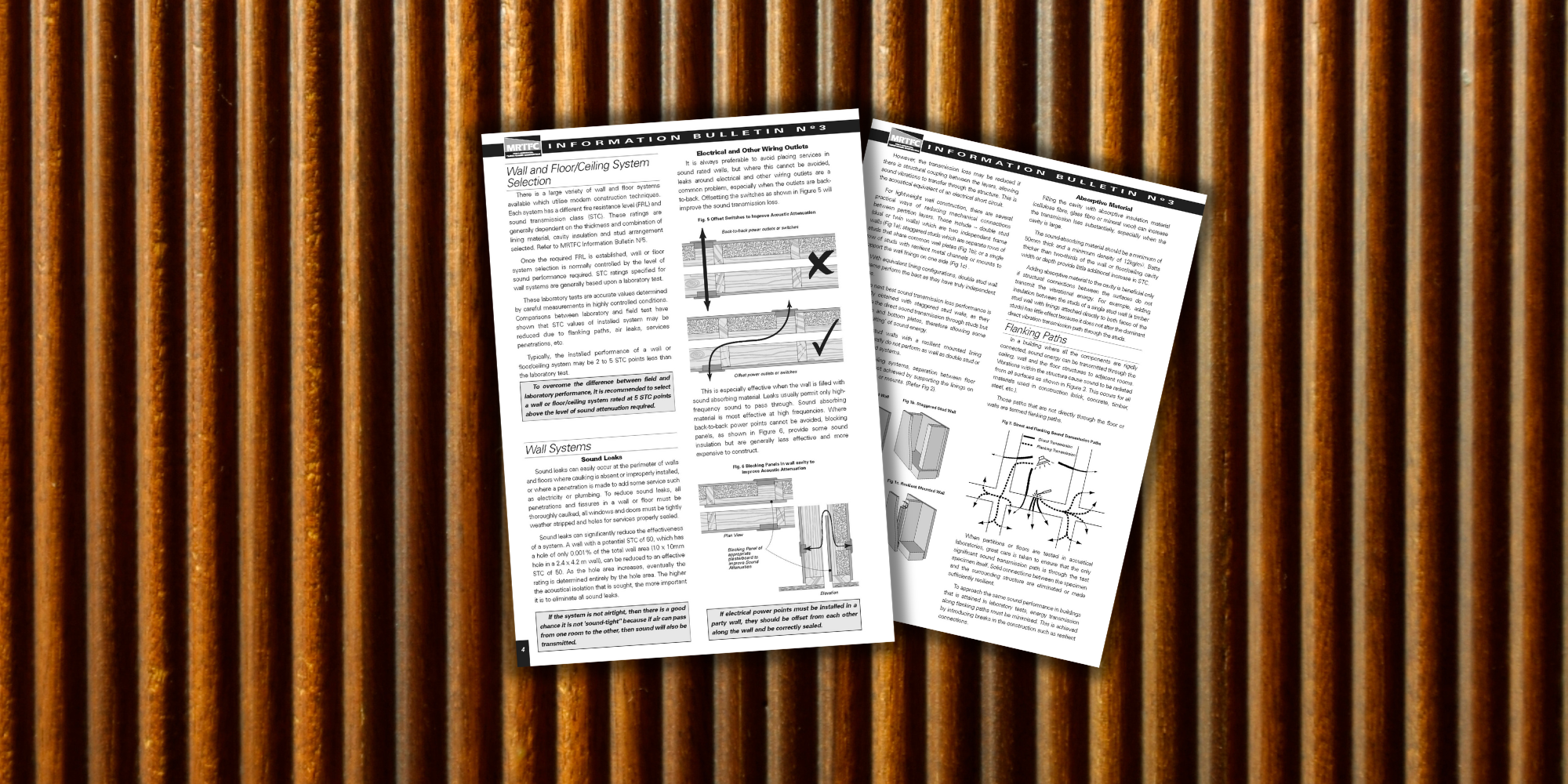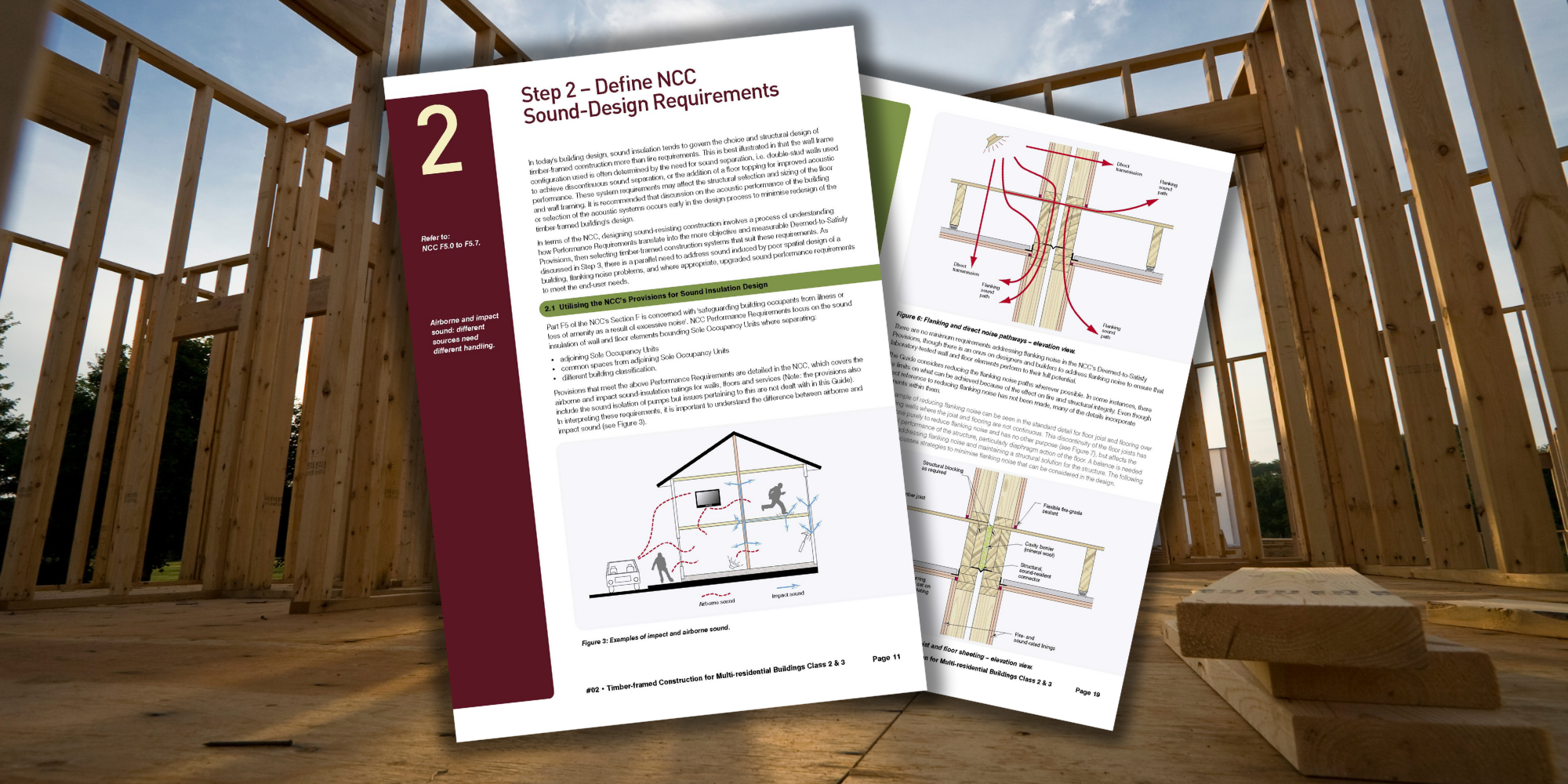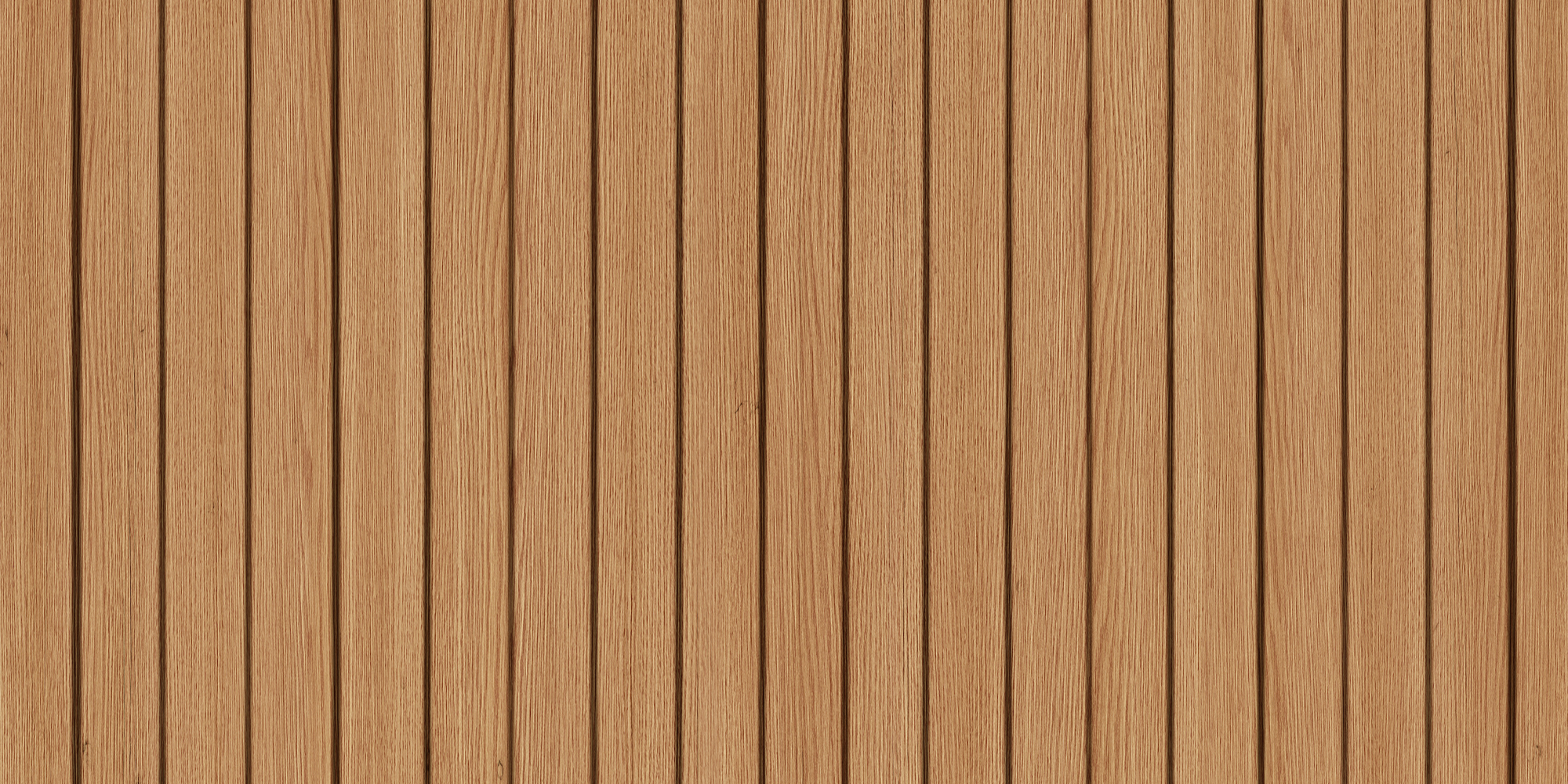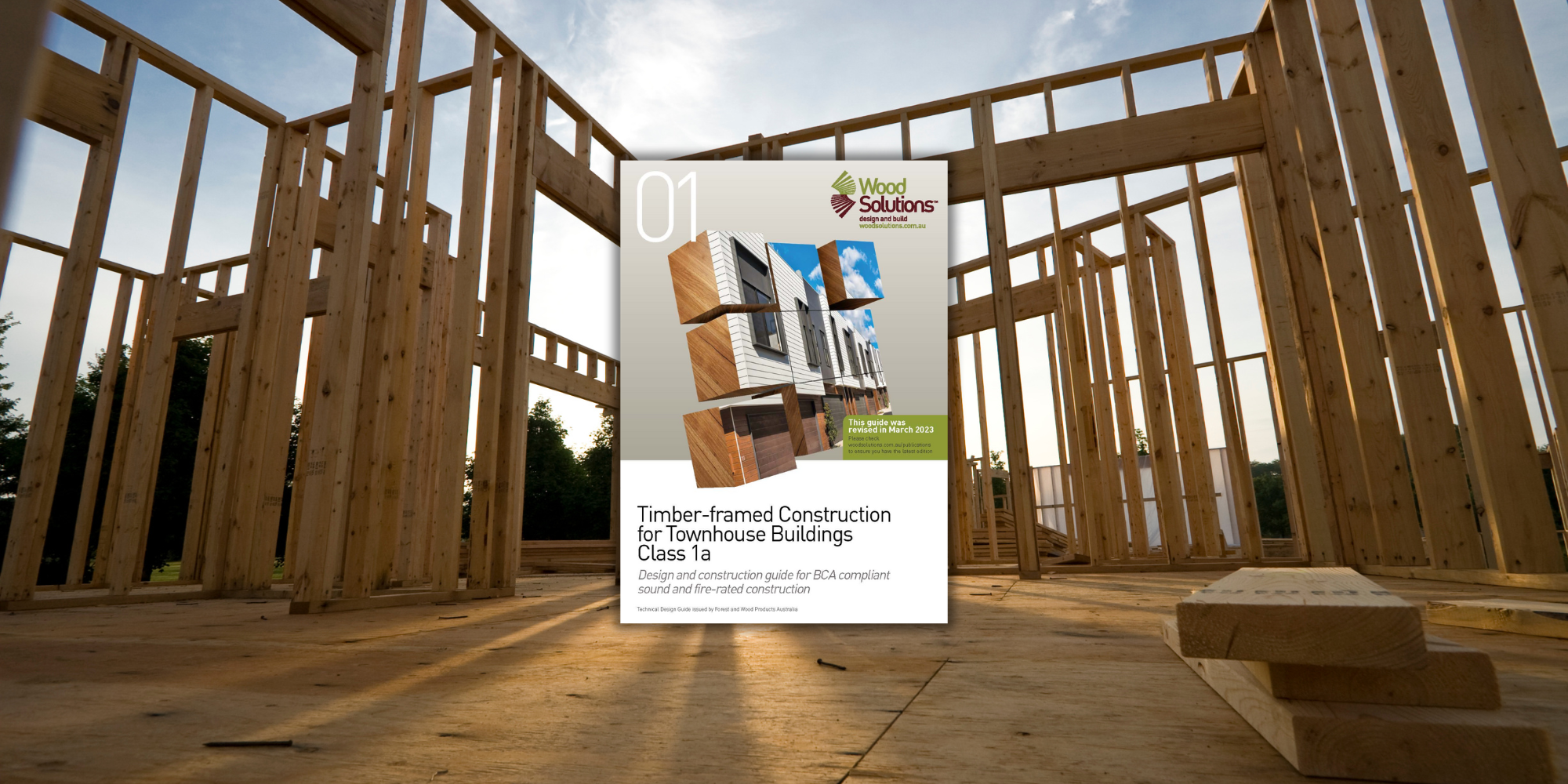Overview
Timber performs strongly in the acoustic arena - whether the objective is to enhance sound or reduce sound. Its network of small interlocking wood cells converts sound energy into heat energy by frictional resistance within these cells and by vibrations within their sub-structure.
Because of this internal friction, wood has a stronger sound dampening capacity than most structural materials. While a concrete wall will also reflect sound, it does so in a much harsher way, resulting in stronger echoes. The natural acoustic properties of timber control this excessive echo, or reverberation, by reducing the transmission of sound vibrations. These properties of timber are why many public buildings, clad walls and ceilings are lined with acoustic timber panels or spaced timber battens.
Plywood and wood fibre acoustic products are used in theatres and auditoriums to provide low-frequency reverberation control. Timber acoustic paneling will often use holes or slots to increase the amount of sound absorption, essentially breaking up the energy of the soundwave. By breaking up the sound, the echoes are reduced.
A classic example of what can be achieved with timber acoustics is the Sydney Opera House. The interior walls are lined with Brush Box acoustic panels. Brush Box being chosen for its strong acoustic capabilities and durability. Ceilings in the Opera Houses' Concert Hall and Opera Theatre use white birch plywood panels with an acoustic plasterboard substrate. This world-class and iconic public building serves as an architectural and acoustic benchmark to this day.
Resources
To learn more about the acoustic performance of timber, see the following report available for download




